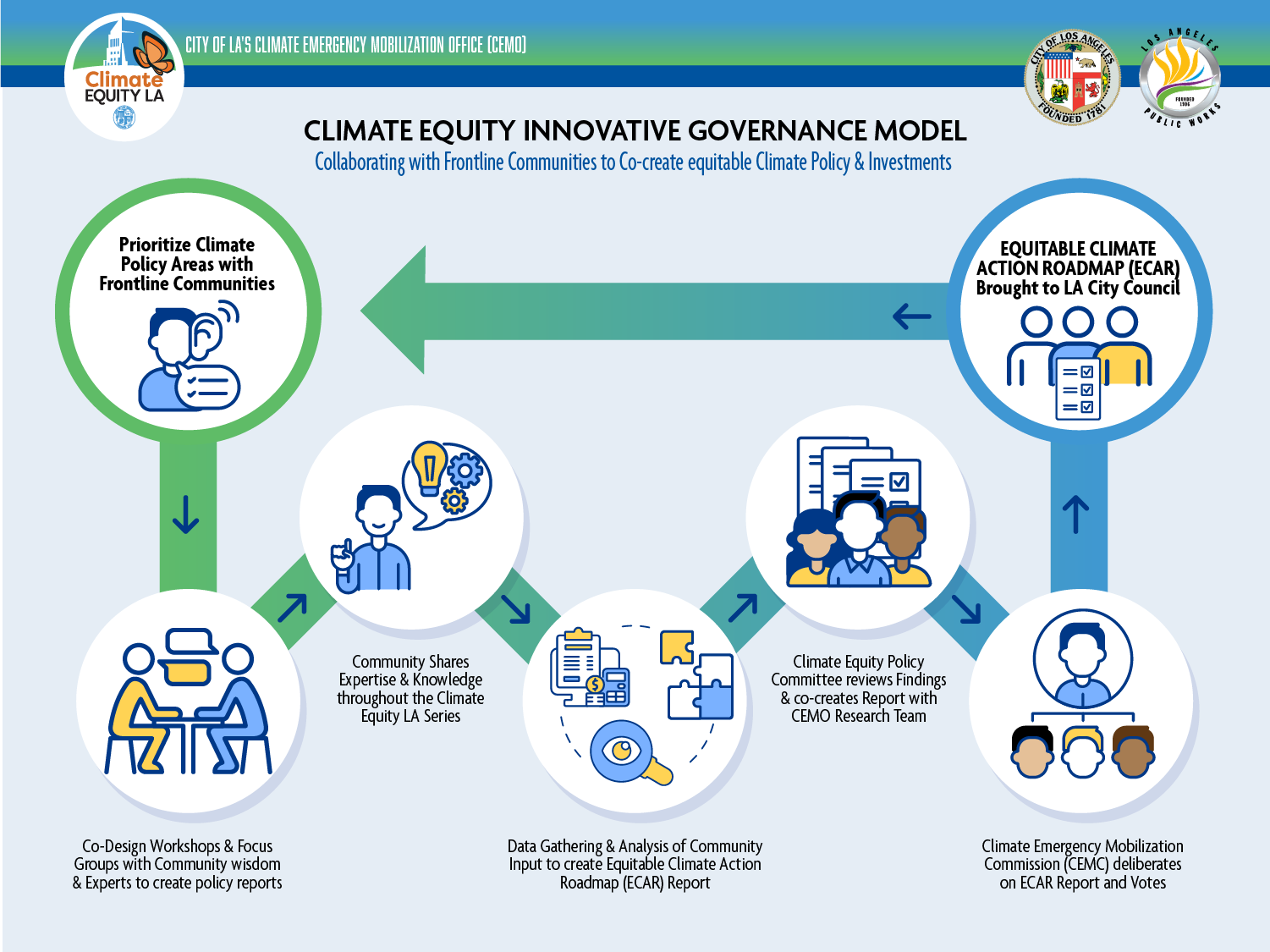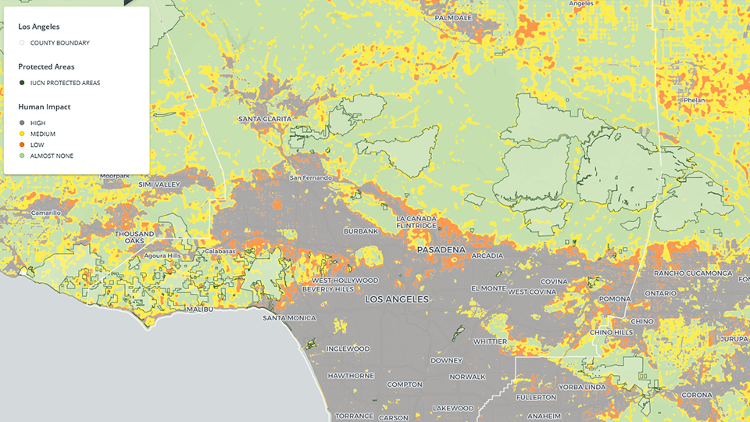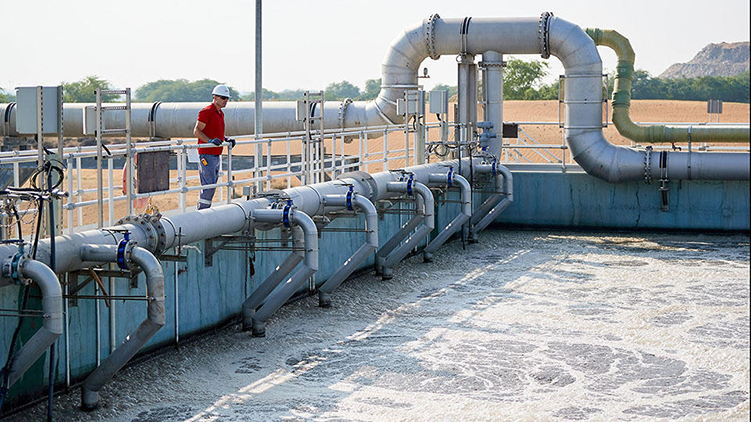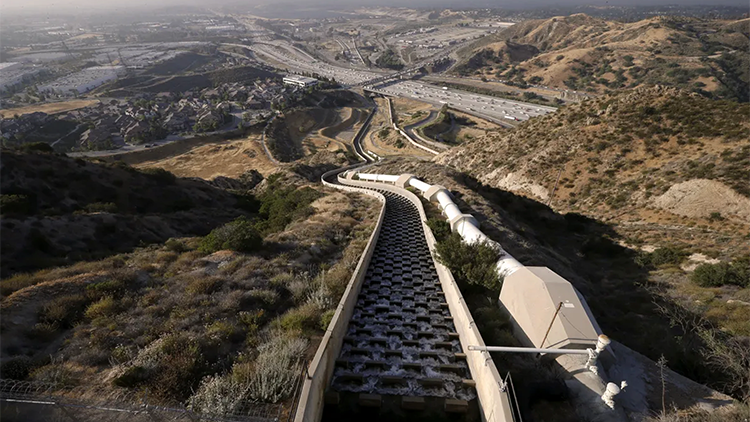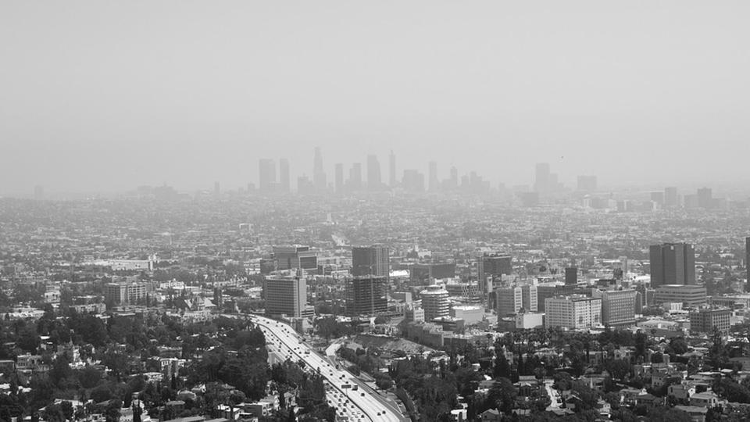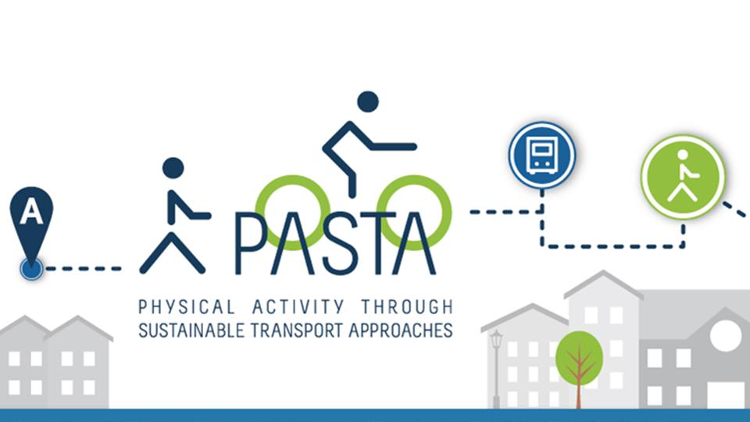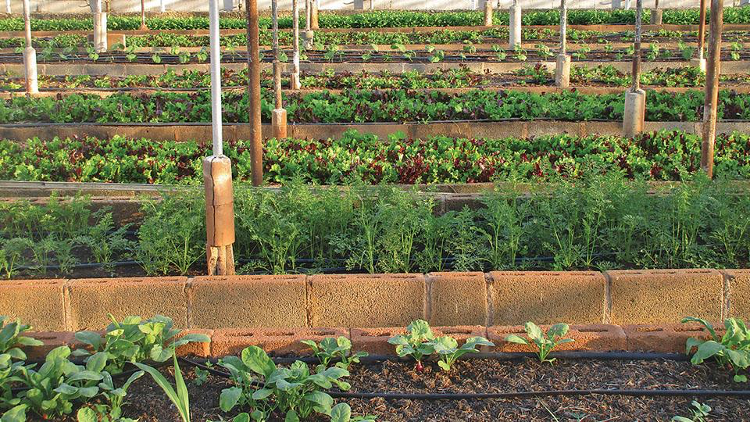Los Angeles County is known for its rich wildlife biodiversity in our natural areas such as the Santa Monica and San Gabriel mountains. Mammalian biodiversity has been declining for decades in the Los Angeles urban area due to human activity. As an important indicator of ecosystem health, mammals play essential roles in the food webs of every ecosystem. Since they feed at various levels of food chains, mammals help regulate populations of diverse plant and animal species and also take part in seed dispersal and plant pollination. Such a decline in population sizes and dynamics of mammals is also relevant since it can potentially alter pathogen load and diversity, which in turn poses health risks to humans, pets and other wildlife species.
To this day, the abundance of biodiversity and the population dynamics of mammals within the built urban environment of Los Angeles are both not well known. Additionally, public perceptions and their interactions with urban mammals such as raccoons, rats and opossums have not been previously characterized in the area. To address this knowledge gap, UCLA researchers take on a cross-scale research project to elucidate the biodiversity—urban ecology of mammals, their pathogen carriage and public perceptions of mammalian wildlife—within the urban Los Angeles County ecosystem.


